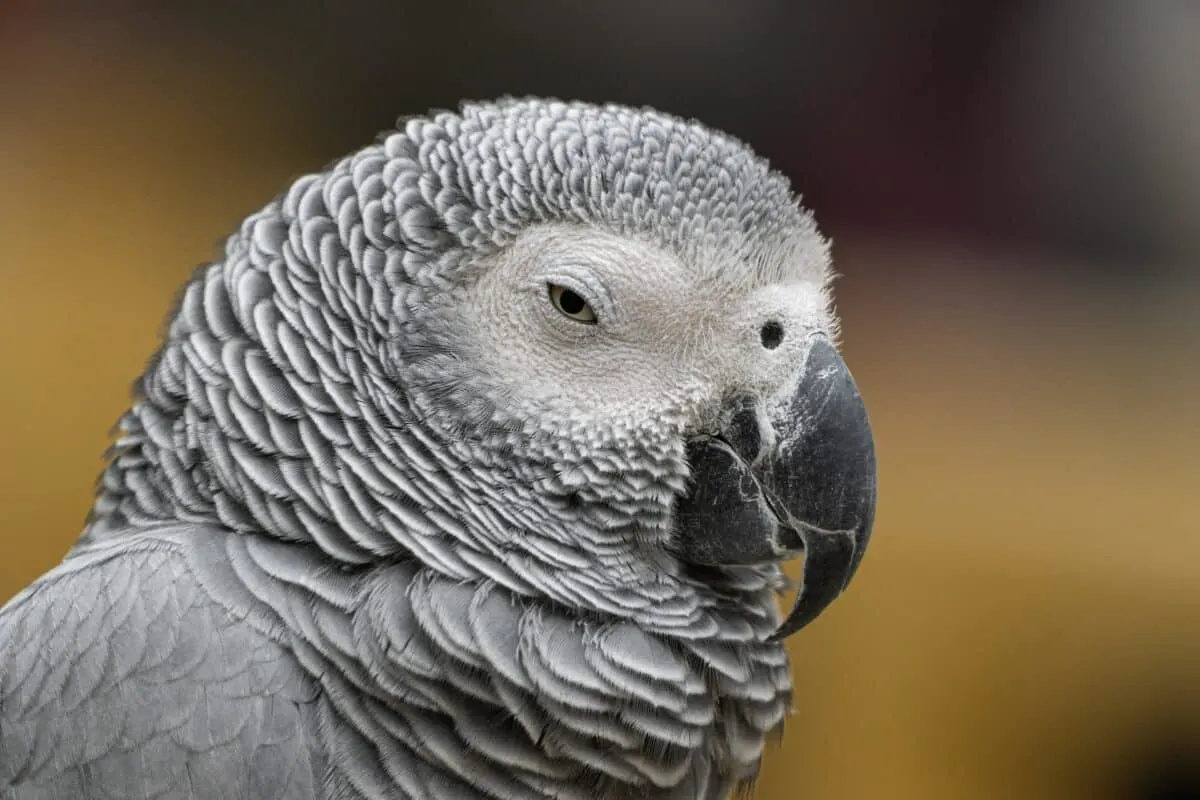In the vast world of avian intelligence, there exists a remarkable competition among several extraordinarily clever bird species. While humans have long underestimated bird cognition, modern research continues to reveal astonishing mental capabilities that challenge our understanding of animal intelligence. From tool creation and problem-solving to self-recognition and language skills, certain birds demonstrate cognitive abilities that rival those of primates and even young children. This article explores the fascinating contenders for the title of world’s smartest bird, examining their remarkable cognitive abilities and what these capabilities tell us about the evolution of intelligence across species.
The New Caledonian Crow: Master Tool Innovator
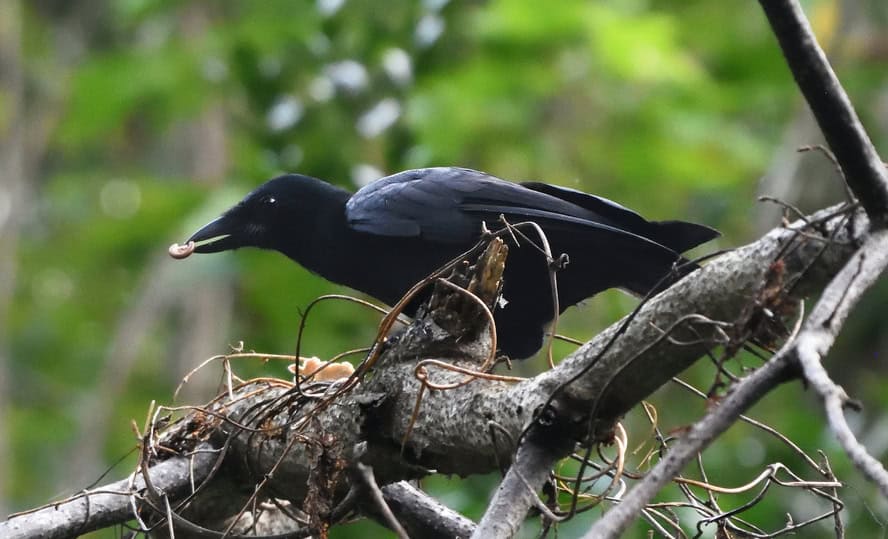
Perhaps the most compelling candidate for the world’s smartest bird is the New Caledonian crow (Corvus moneduloides). Native to the Pacific island of New Caledonia, these remarkable corvids have demonstrated extraordinary tool-making abilities that have astounded scientists. Unlike most animals that might opportunistically use objects as tools, these crows actually craft tools with specific designs for particular purposes. They fashion hooks from twigs and create serrated edges on leaves to extract insects from crevices. Most impressively, they demonstrate cumulative technological evolution—improving their tool designs over generations and passing this knowledge to offspring. In controlled experiments, these crows have solved multi-step puzzles that require creating tools to retrieve other tools, showing causal reasoning abilities previously thought unique to humans and great apes.
African Grey Parrots: The Language Virtuosos

When it comes to communication skills, African Grey parrots (Psittacus erithacus) present a formidable case for being the world’s most intelligent birds. Dr. Irene Pepperberg’s groundbreaking research with Alex, an African Grey, demonstrated that these birds could not only mimic human speech but understand conceptual language. Alex mastered a vocabulary of over 100 words, could identify colors, shapes, and materials, understood the concept of zero, and could even ask existential questions about his own attributes. Most impressively, Alex demonstrated the cognitive processing abilities of a 5-year-old human child and the emotional development of a 2-year-old. Current research with other African Greys continues to reveal their exceptional capabilities in abstract reasoning, numerical competence, and emotional intelligence, challenging our understanding of language acquisition and consciousness in non-human species.
Kea: The Playful Problem-Solvers

The kea (Nestor notabilis), an alpine parrot native to New Zealand, has earned a reputation as one of the most innovative and playfully intelligent birds in the world. These birds showcase extraordinary problem-solving abilities, particularly in cooperative scenarios. Research has shown that keas can work together to complete tasks that yield rewards for all participants, suggesting advanced social cognition. They’ve been observed using multiple tools in sequence to solve complex puzzles and can quickly determine the most efficient way to access food rewards in experimental settings. Perhaps most notably, keas exhibit a pronounced playfulness and curiosity that drives them to explore novel situations and objects—a trait often associated with advanced intelligence. Their natural environment, with its harsh alpine conditions, may have selected for enhanced cognitive flexibility and innovative thinking, making them strong contenders for the title of world’s smartest bird.
Corvid Intelligence: Ravens and Crows
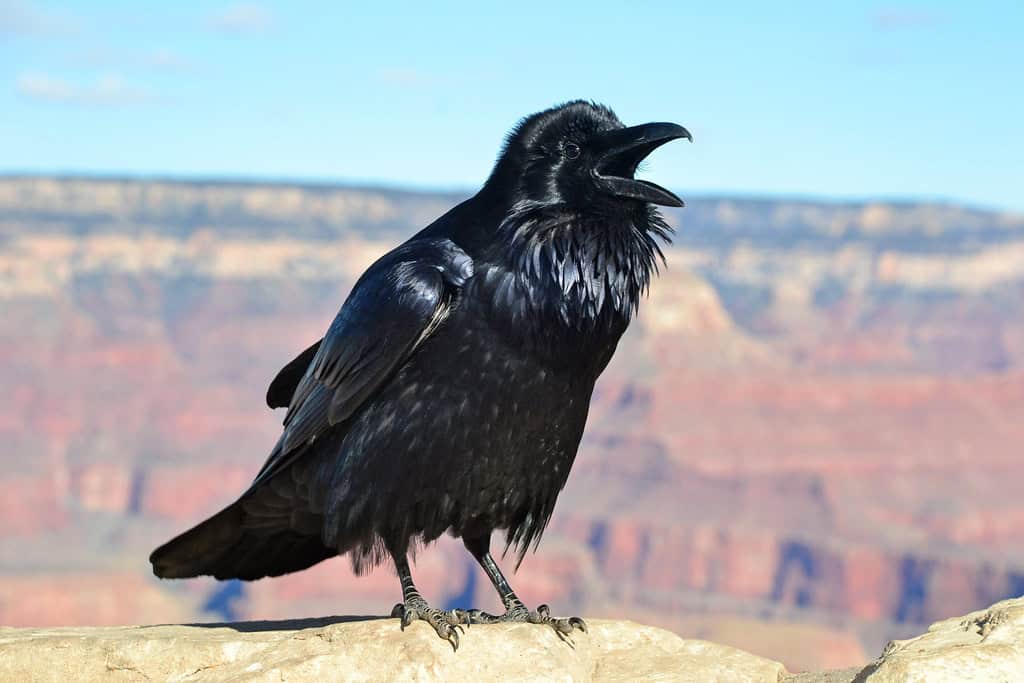
The corvid family, which includes ravens, crows, jays, and magpies, consistently demonstrates exceptional cognitive abilities across various species. Common ravens (Corvus corax) have shown particularly impressive reasoning skills, including planning for the future—a capability previously thought to be uniquely human. Studies have documented ravens caching food for later use, accounting for who might be watching them (showing an understanding of others’ perspectives), and even trading tokens for food rewards, demonstrating an understanding of symbolic exchange. American crows (Corvus brachyrhynchos) have demonstrated remarkable facial recognition abilities, remembering humans who have threatened them for years and even passing this knowledge to their offspring and other crows. Additionally, western scrub jays have exhibited episodic-like memory, remembering what, where, and when they stored specific food items—a sophisticated form of memory previously thought exclusive to humans.
Measuring Avian Intelligence: Brain Structure
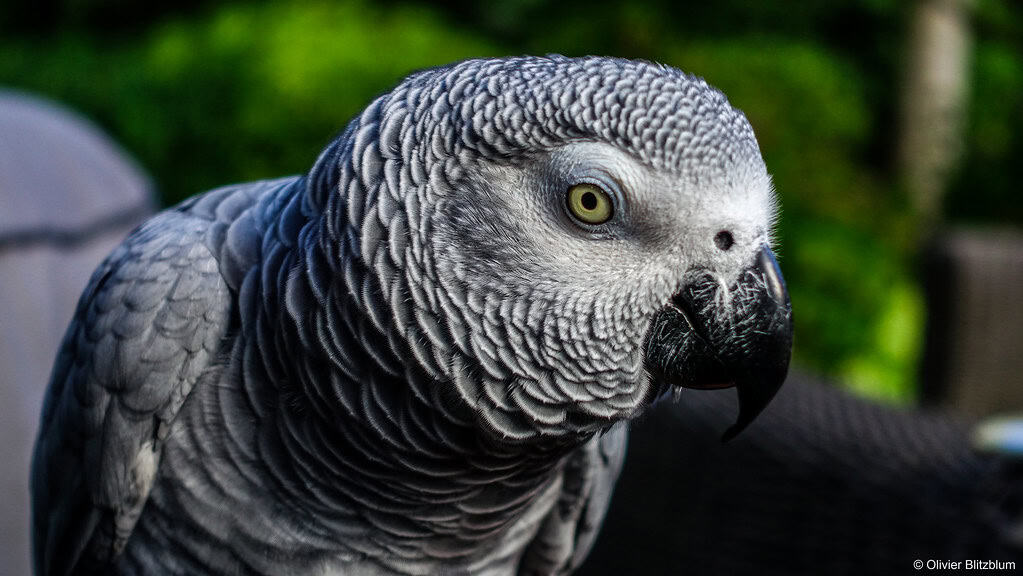
Understanding why certain birds demonstrate exceptional intelligence requires examining their brain structure. Unlike mammals, birds lack a neocortex—the brain region traditionally associated with higher cognitive functions in mammals. Instead, birds possess a structure called the pallium, which performs similar functions through a different neural architecture. Remarkably, the most intelligent bird species have evolved neural densities that far exceed those of many mammals. For example, the African Grey parrot brain contains approximately 1.9 billion neurons, while the macaw has about 2.7 billion neurons in its pallium—densities comparable to those found in primate brains of much larger size. This neural density allows for sophisticated processing power in a compact package. Additionally, the most intelligent bird species tend to have larger brain-to-body size ratios, with corvids and parrots having brain-to-body ratios similar to those of great apes, despite their smaller absolute brain size.
Self-Awareness: The Mirror Test
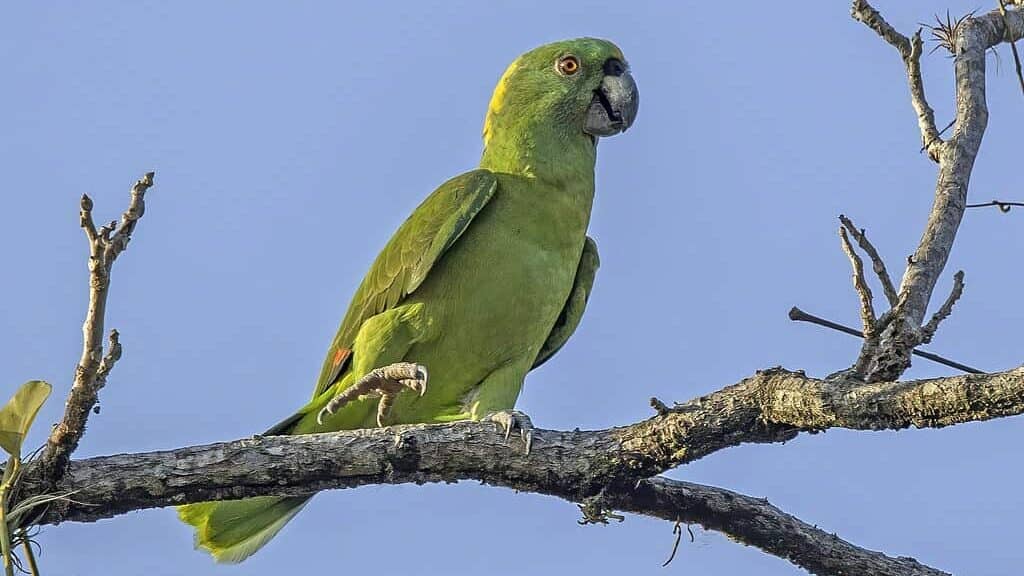
One compelling measure of advanced cognition is self-awareness, often tested through the mirror self-recognition test—a benchmark that few animal species pass. In this test, researchers place a colored mark on an animal where it can only be seen in a mirror, then observe whether the animal recognizes the mark as being on itself. Remarkably, magpies (Pica pica) have passed this test, joining an exclusive club that includes great apes, dolphins, elephants, and a few other species. This achievement suggests that magpies possess a level of self-awareness previously thought to require the mammalian brain structure. Additionally, studies with Eurasian jays have demonstrated that these birds can attribute mental states to others—a capacity known as “theory of mind” that was long considered unique to humans. These findings challenge long-held assumptions about the neural requirements for complex cognitive functions and suggest that certain birds have evolved sophisticated forms of consciousness through convergent evolution.
Cockatoos: The Mechanical Geniuses
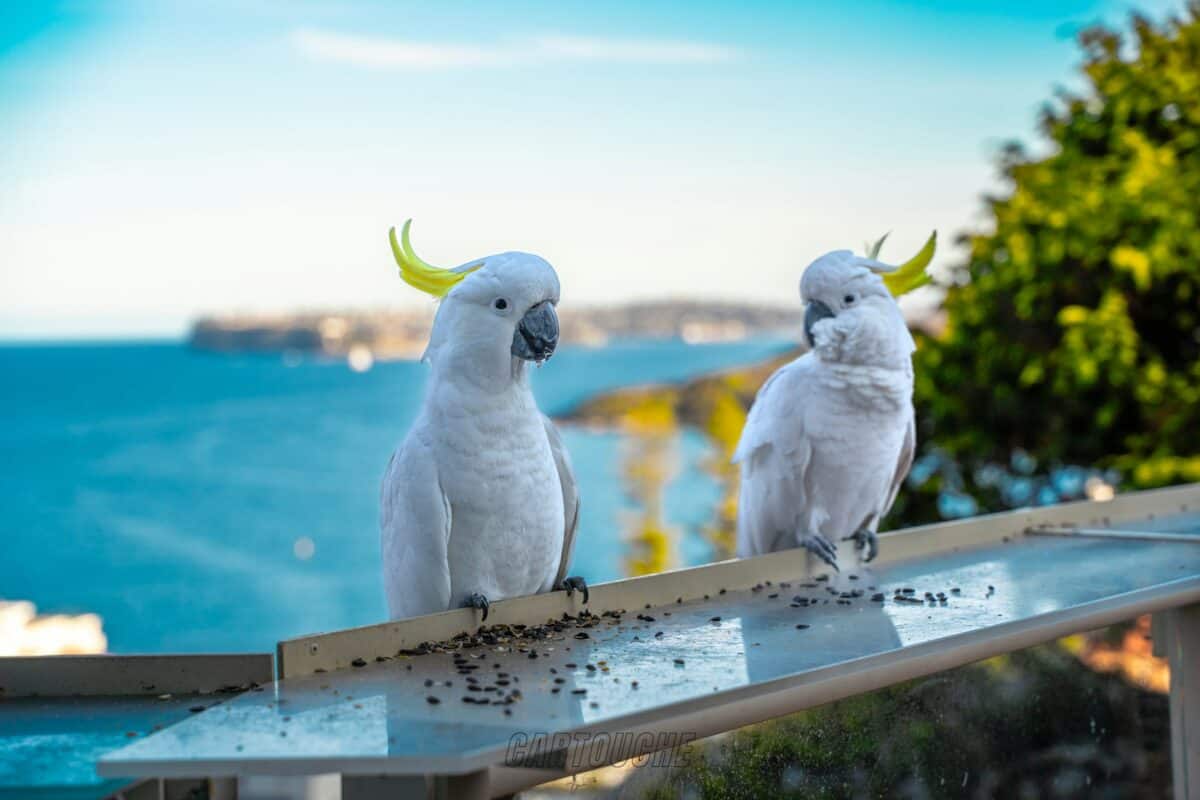
Goffin’s cockatoos (Cacatua goffiniana) have emerged as extraordinary mechanical problem-solvers, displaying an innate understanding of physical properties that rivals primate cognition. In groundbreaking research, these cockatoos have demonstrated the ability to solve complex sequential locking mechanisms without prior training. When presented with puzzle boxes secured by multiple different types of locks, the cockatoos methodically worked through each mechanism in the correct order to access rewards. More impressively, they’ve shown the ability to create tools specifically designed for particular tasks, fashioning sticks into appropriate shapes to retrieve food from different apparatus designs. Their understanding of causal relationships and physical properties suggests a sophisticated cognitive model of how objects interact—a mental capability once thought beyond avian capabilities. Unlike New Caledonian crows, who have evolved specialized tool use over evolutionary time, cockatoos display this mechanical aptitude without any ecological predisposition for tool use in the wild, suggesting extraordinary cognitive flexibility.
Episodic Memory Champions: Scrub Jays

Western scrub jays (Aphelocoma californica) have demonstrated a sophisticated form of memory previously thought to exist only in humans: episodic-like memory. These birds can remember not just what they cached and where, but also when they stored different food items. In controlled experiments, scrub jays were observed preferentially retrieving perishable foods before they spoiled, showing an understanding of time passage and its effects. Even more remarkably, male scrub jays who have previously stolen food from others’ caches will take precautions to prevent their own caches from being pilfered when they sense they’re being watched—moving food to new locations when potential thieves aren’t looking. This behavior suggests not only an understanding of others’ perspectives but also the ability to anticipate others’ knowledge and likely behaviors based on their own past experiences—a sophisticated form of social cognition approaching theory of mind. This complex integration of spatial memory, temporal understanding, and social awareness makes scrub jays serious contenders for the title of world’s smartest bird.
The Evolution of Avian Intelligence
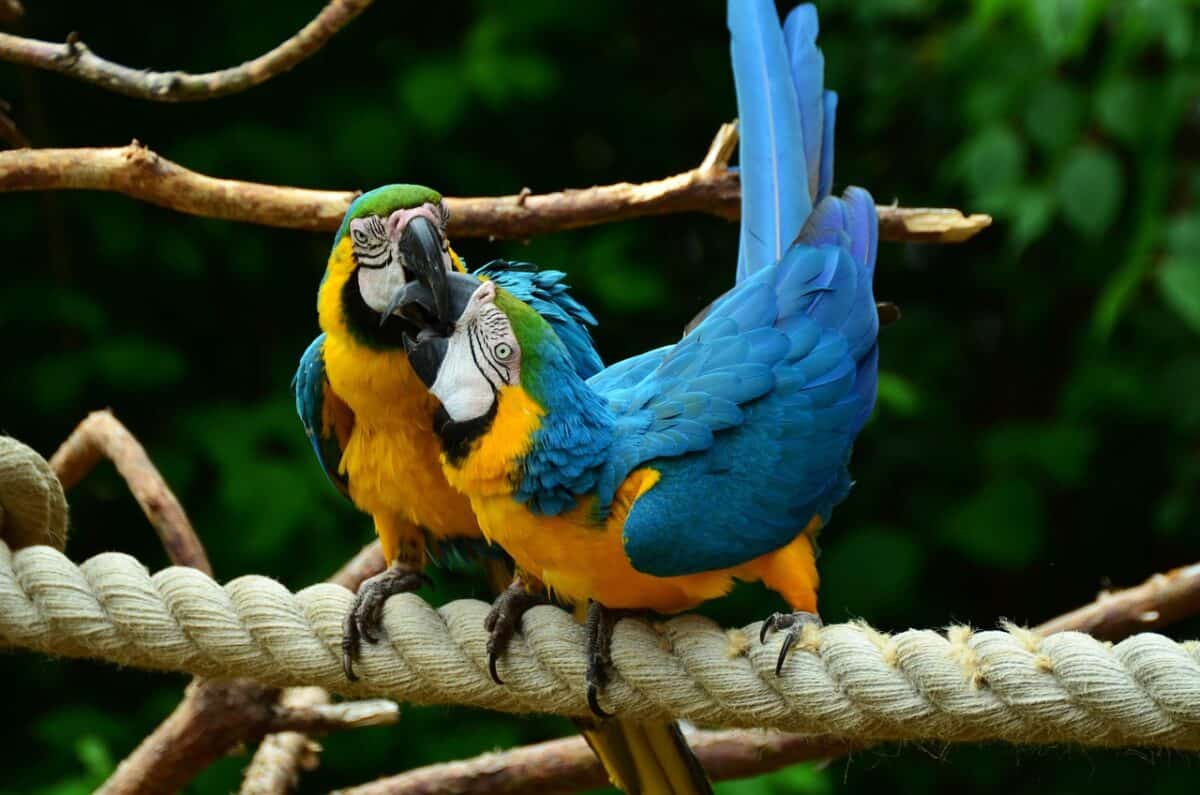
The remarkable cognitive abilities seen in certain bird species raise fascinating questions about the evolution of intelligence. The last common ancestor between birds and mammals lived roughly 300 million years ago, meaning that advanced intelligence has evolved independently along these separate evolutionary branches. This represents a striking example of convergent evolution—where similar traits develop independently in separate lineages in response to similar selective pressures. Research suggests that several factors may have driven the evolution of advanced cognition in birds, including social complexity, environmental variability, and food-storing behaviors that require spatial memory. Particularly interesting is that the most intelligent bird species tend to be highly social, with complex flock structures that may have selected for enhanced social cognition. Additionally, many smart bird species face challenging foraging conditions that reward innovation and problem-solving. The remarkable parallels between primate and avian intelligence suggest that certain ecological and social conditions consistently drive the evolution of higher cognition, even in distantly related evolutionary lineages.
Intelligence Beyond the Lab: Wild Observations
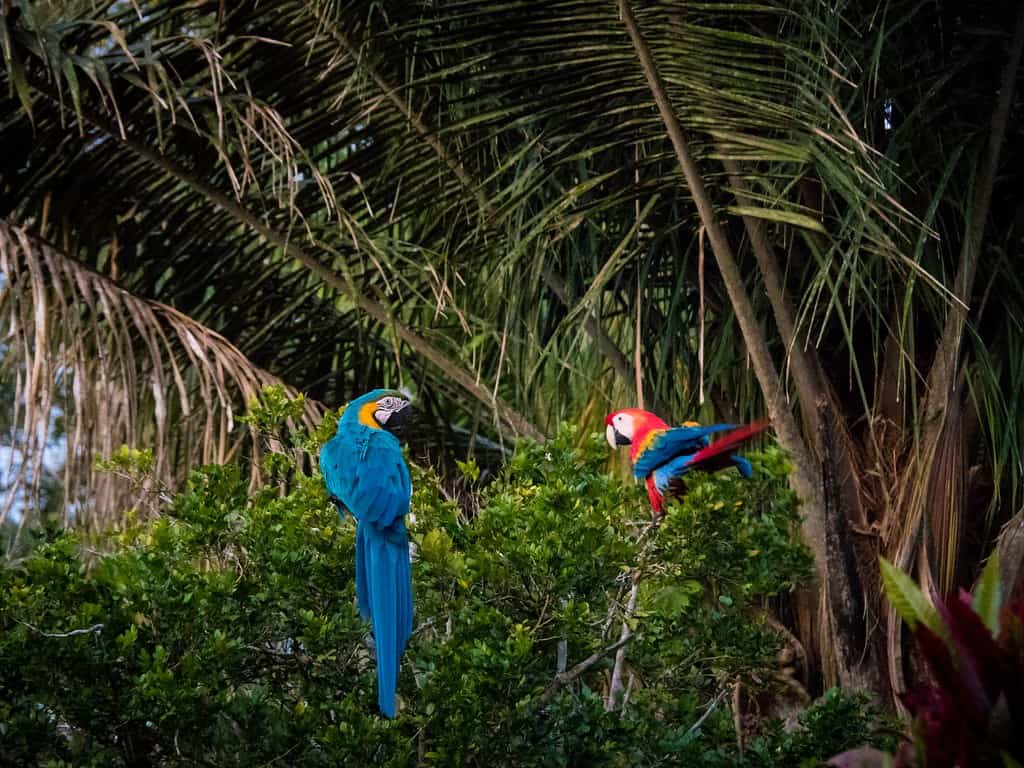
While controlled laboratory experiments provide valuable insights into avian cognition, observations of wild birds reveal equally impressive displays of intelligence in natural settings. Urban crows in Japan have been documented placing nuts on roadways for cars to crack open, then waiting for traffic lights to change before safely retrieving the exposed kernels. In Australia, black kites and brown falcons have been observed carrying burning sticks from wildfires to spread fire to unburned areas, flushing out prey—a form of tool use with profound implications for understanding avian cognition. Bowerbirds create elaborate decorated structures to attract mates, showing aesthetic sensibilities and an understanding of perspective. They arrange objects from smallest to largest to create forced perspective illusions that make their bowers appear larger to potential mates. Meanwhile, thousands of bird species navigate vast migratory routes with pinpoint accuracy, using multiple redundant navigational systems including star positions, magnetic field detection, landmarks, and smell—computational feats that would challenge the most sophisticated human navigators. These natural behaviors suggest that laboratory measures may actually underestimate the full cognitive capabilities of many bird species.
Social Intelligence and Culture in Birds

Some of the most compelling evidence for advanced avian intelligence comes from their social behaviors and the transmission of cultural knowledge. Researchers have documented distinct cultural traditions among different populations of the same bird species—behaviors learned through social transmission rather than genetic inheritance. For example, different groups of New Caledonian crows make distinctly styled tools that vary by region, passing these specific designs down through generations. Similarly, white-crowned sparrows have regional “dialects” in their songs that persist across generations through cultural learning. Perhaps most impressively, studies of ravens have revealed sophisticated social politics, including the formation of alliances, engagement in reconciliation after conflicts, and even consoling victims of aggression—behaviors remarkably similar to those observed in primate societies. Juveniles of many corvid species engage in complex play behaviors that appear to function as practice for adult social dynamics. This combination of cultural transmission and complex social understanding represents a form of collective intelligence that emerges from bird societies, suggesting that avian intelligence should be understood not just at the individual level but as a property of social groups.
Conclusion: A Multi-Dimensional View of Avian Intelligence

The question of which bird might claim the title of “world’s smartest” ultimately reveals the limitations of viewing intelligence as a single, linear dimension. Different bird species have evolved specialized cognitive adaptations suited to their particular ecological niches and social structures, making direct comparisons challenging. The New Caledonian crow’s remarkable tool craftsmanship, the African Grey’s linguistic capabilities, the kea’s playful problem-solving, and the corvid family’s social intelligence all represent different but equally impressive cognitive adaptations. Rather than crowning a single species as the most intelligent, a more nuanced understanding recognizes that avian intelligence comprises multiple dimensions—from technical innovation and causal reasoning to social cognition and communication. What remains clear is that birds, with their relatively small brains but densely packed neurons, have evolved cognitive capabilities that rival and sometimes surpass those of many mammals, including primates in specific domains. This convergent evolution of intelligence challenges our understanding of the biological prerequisites for advanced cognition and suggests that complex thought may be more widespread in the animal kingdom than previously recognized.
- How Sea Lions Navigate Thousands of Miles Without Maps - August 9, 2025
- The Most Elusive Mountain Lions Roaming the California Wilderness - August 9, 2025
- Bald Eagles Are Now Nesting in the Most Unexpected States - August 9, 2025

